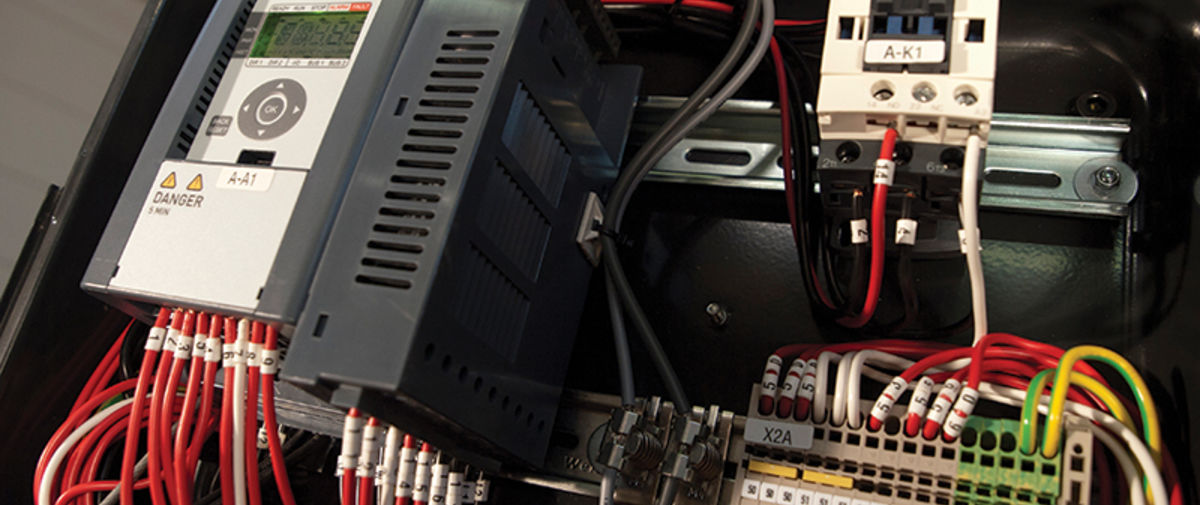Joshua Childers - Technical Training Manager
So why choose one particular inverter over another? The simple answer is intelligence.
Inverters first appeared in the crane world in the early 90s and for many years were a premium item limited to only what we in the industry call “process cranes.” In those days the costs associated with the new technology made it prohibitive to offer this new invention for the common 20-ton die handling crane in a metal stamping operation.
The main benefit inverters delivered in the early days was a reduction in mechanical components wear due to the smooth starting and stopping of travel and hoisting movements. A secondary benefit was decreased load swing when traversing.
As with most technologies, inverters gained critical mass and the costs of the devices dropped dramatically over time. Now, it is safe to assume the vast majority of all new cranes will come with travel inverters as standard. End of story? Not so fast.
As inverter technology has become cheaper, the number of inverters choices have proliferated. Every reputable electrics manufacturer sells an inverter—Konecranes, Siemens, Allen Bradley, Power Electronics, Toshiba, Hitachi and the list goes on and on. The once premium item is now a commodity. So what separates one inverter from another? All inverters offer the same once sought-after benefit of smooth starts and stops. So why choose one particular inverter over another? The simple answer is intelligence. In our case, specifically, crane intelligence.
Inverters have become more intelligent over time. Inverters are now provided with application-specific software. Konecranes has developed suite of crane specific features known as Smart Features that lower crane operation and production costs with crane-specific software features that are designed to assist the crane operator with operation.
One such Smart Feature is Shock Load Prevention. Shock Load Prevention prevents the operator from creating a shock load when accelerating in the up direction. Repairing the damage from a shock load can easily cost several thousand dollars in components and the cost of downtime can be many multiples of that.
Shock loads can be created by accelerating full speed in the up direction with slacked slings that are attached to a load. Essentially, you are trying to accelerate a load from stand still to full speed in an instant. When this happens a huge shock travels through the entire hoist drive train. Shock Load Prevention senses this is about to occur and slows the hoist motor down tightening the slings and then accelerates back to full speed once the slings are tight. This all happens behind the scenes, and requires no input from the operator. He or she is still giving the crane the full speed up command but the inverter intelligence is preventing the shock from happening.
The list of Smart Feature goes on but I think you can see the point. All inverters are not created equal. Some “dumb” inverters only provide smooth starts and stops. Others offer application-specific “intelligence.” Surprisingly, the costs between “dumb” inverters and “smart” inverters are very similar. So when you purchase your next crane inverter ask yourself a few questions. “Do I want an inverter that was designed to operate a conveyor line on my crane?” “Do I want smooth starts and stops or do I want an inverter with serious intelligence that can increase my crane safety and reduce my production costs?”
